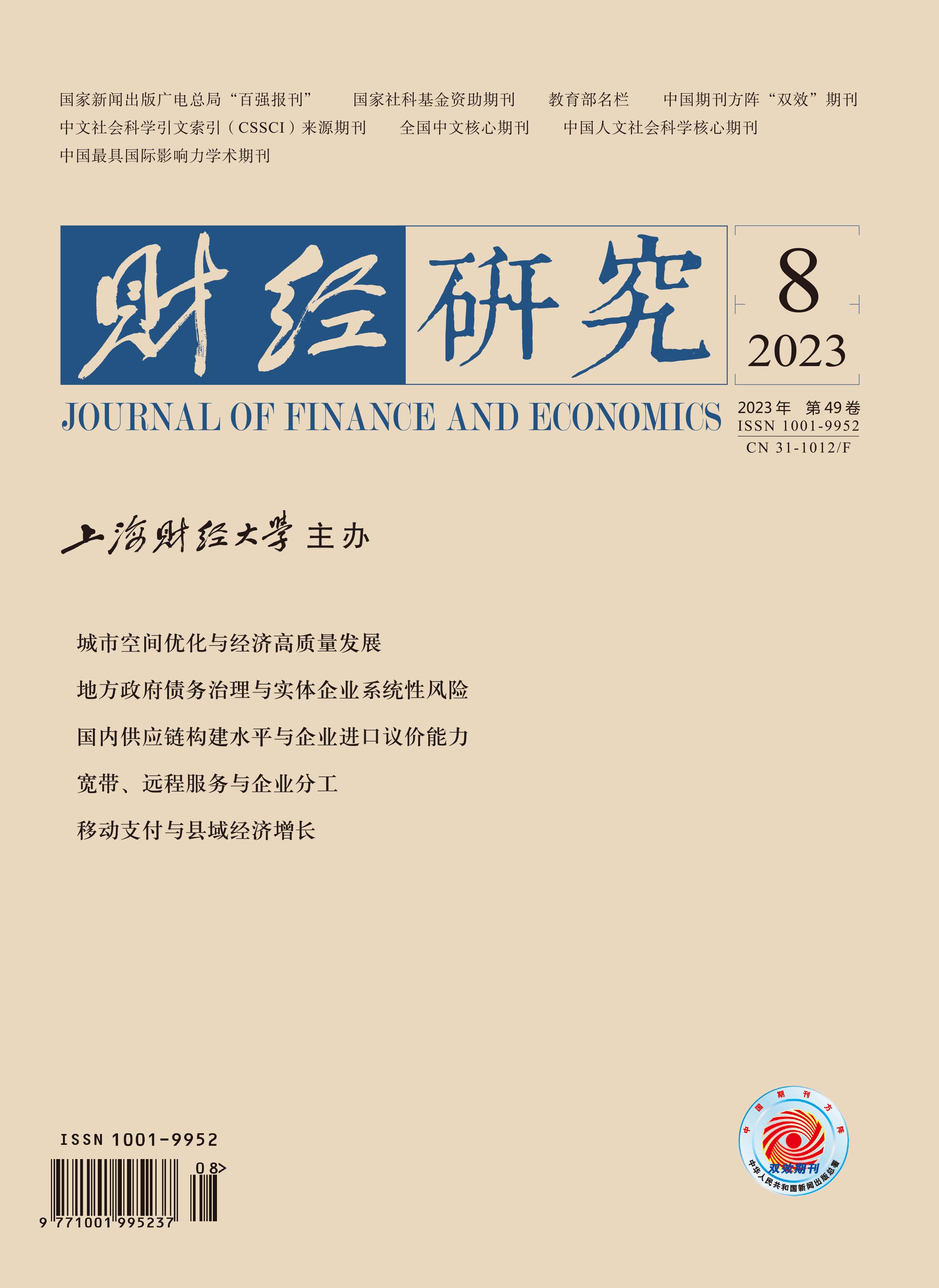At present, China’s economy is in a critical period of transformation. As an important means of optimizing urban spatial structure and enhancing urban competitiveness, the issue of whether district boundary reorganization can promote the high-quality development of urban economy has attracted much attention.
Based on the panel data of prefecture-level cities from 2010 to 2019, this paper uses a multi-period DID method to identify the impact of district boundary reorganization on the high-quality development of urban economy. The results show that: (1) District boundary reorganization significantly improves the high-quality development level of urban economy, especially for samples with higher intensity of district boundary reorganization. (2) From the sample perspective, city mergers and street reorganization have a significant impact on the quality of economic development, and the impact of district boundary reorganization is greater in economically developed cities and in samples with administrative reorganization experience. (3) District boundary reorganization improves resource allocation efficiency by improving land resource utilization efficiency, enhancing government administration efficiency and increasing economic agglomeration, thereby promoting the high-quality development of urban economy. The findings not only help to understand the logical chain between district boundary reorganization and high-quality economic development, but also provide empirical evidence for using administrative division tools to promote the development of China’s economy in the next stage.
The marginal contributions are as follows: First, the existing literature does not pay enough attention to district boundary reorganization, while this paper presents an empirical study of the policy effect of boundary reorganization from the perspective of the high-quality development of urban economy, providing a theoretical basis for subsequent analysis. Second, this paper discusses the heterogeneous effects of boundary reorganization intensity, different types of boundary reorganization, different levels of economic development, and cities with or without administrative experience in terms of policy effectiveness, which has not been found in any previous research on boundary reorganization, providing a more comprehensive picture of the impact of boundary reorganization. Third, this paper empirically examines the mechanism by which boundary reorganization affects the high-quality development of urban economy in terms of improving land resource utilization efficiency, enhancing government administration efficiency and increasing economic agglomeration, providing empirical evidence for further clarifying the impact of boundary reorganization on high-quality economic development.





 5796
5796  7834
7834

